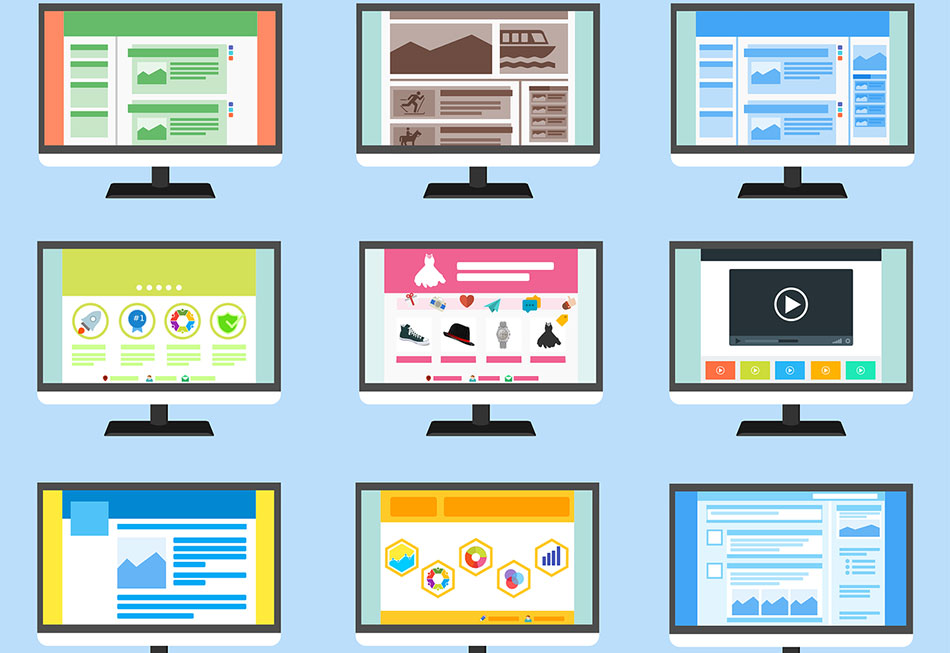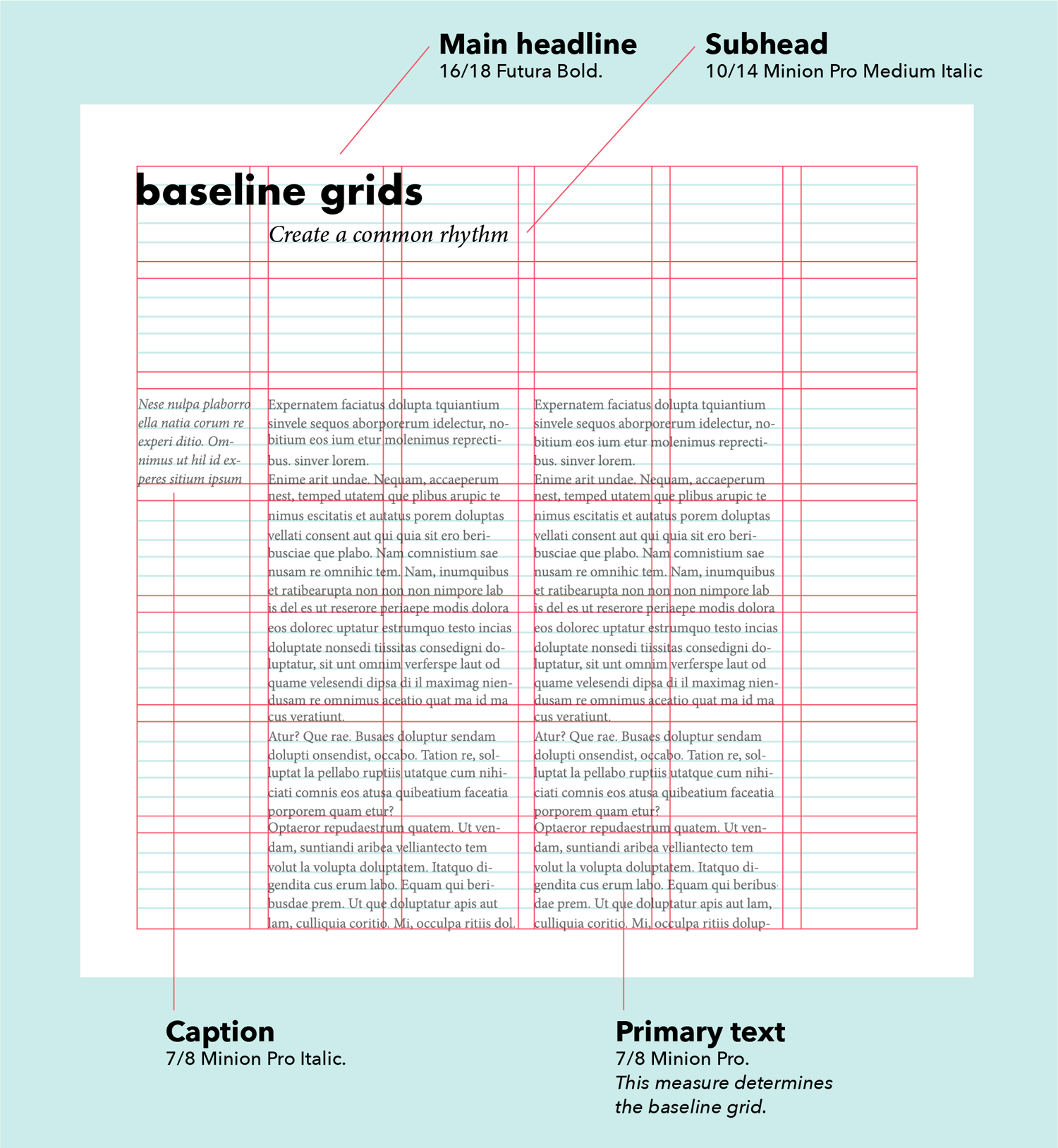
The responsive web design testing tool can help you when designing a website. This tool lets you check how your design will appear on various devices and allows you to test multiple columns. Using a tool like this can be invaluable for webmasters, who must coordinate the design of multiple web pages.
Viewport Resizer
A Viewport Resizer can be used as a web design tester tool to verify that a site is displayed correctly on different devices. This tool allows the user to feed their URL and determine the viewport width and height, in pixels. This is a useful tool for web developers who can quickly check that their site runs on different devices and screen sizes.
Viewport Resizer can be downloaded as a bookmarklet for all modern web browsers. The tool shows you the responsiveness of a website for multiple devices, including mobile phones. It provides screenshots in various resolutions that can be used for mockups.

Responsinator
Responsinator allows you to test your website's responsiveness on a variety of devices. It is a free tool that lets you see how your website looks on a variety of devices. It shows you the same page in portrait and landscape views, and it simulates six different mobile device types and their display formats. This tool is great for ensuring that your website is responsive to every device.
Designmodo provides Responsinator for free. The tool is easy-to-use and provides a wide range of features to help with testing your website's mobile or tablet versions. It also has a drag button that allows you to view your website in different sizes. It also includes a grid system so that you can see how your site looks in different situations.
Screenfly
A responsive web design tool can be a valuable part of your design process. This is especially important if you don't know how your site will look across different devices. Screenfly is an easy tool that displays static and animated screens. This tool makes it easy to make changes on your site.
It supports custom sizes, rotating button, and many more. It is easy to use. Simply enter the URL of the website and it will display a preview. ScreenFly is a trusted tool that delivers accurate, fast results. It supports many different devices such as desktop computers, TVs, and various types of smartphones and tablets. Google's web app is another great tool for testing your website. It allows you to view your website on a variety of devices, including tablets.

Screenfly can test different resolutions. The tool also offers options for disabling scrolling and rotating display. Simply enter the URL to your website and select the device size and screen resolution you would like to test. BrowserStack, a cloud-based testing platform, allows you to integrate multiple applications. It's easy to use, and allows you to test your website on multiple devices, browsers, and devices.
FAQ
How do I create a free website?
It depends on what type of website you want to create. Do you want to sell online products, start a blog, build a portfolio, or both?
It's possible to make a website that is essential using HTML and CSS. While it's possible to create a simple website using HTML and CSS, most web developers recommend using a WYSIWYG editor such as Dreamweaver or Frontpage.
If you don't have experience designing websites, hiring a freelance developer might be the best option. They can help create a custom website for you based on your requirements.
A freelance developer can charge you a flat fee per project or hourly rate. It depends on the amount of work that they do in a given time frame.
One example is that some companies charge $50-$100 for an hour. Higher rates will be charged for larger projects.
You can also find jobs on many freelance websites. It is possible to search on these websites before reaching out directly to potential developers.
WordPress: Is it a CMS or not?
Yes. It's a Content Management System. A CMS allows you to manage your website content from within a web browser instead of using an application such as Dreamweaver or Frontpage.
The best part about WordPress is that it's free! Hosting, which is usually provided by your ISP, is free.
WordPress was originally designed to be a blogging platform. However, WordPress now offers many options including eCommerce sites and forums, membership websites, portfolios and portfolios.
WordPress is easy and quick to install. The installation file must be downloaded from the website and uploaded to your server. After that, you can simply access your domain name with your web browser.
After installing WordPress, it's necessary to register for a username. Once you have logged in, a dashboard will appear where you can view all of your settings.
Here you can add pages and posts, images, menus, widgets and plugins. You may skip this step if you feel comfortable editing and creating content.
You can also hire a professional web design firm to help you with the whole process.
How much does it cost to create an ecommerce site?
It depends on which platform you choose, and whether the freelancer is employed directly or through a service provider. eCommerce sites usually start around $1,000.
Once you choose a platform to use, you can expect a payment of anywhere from $500 to $10,000.
You won't spend more than $5,000 if you are using a template. This includes any customizations required to reflect your brand.
What kind of websites should I make?
Your goals will determine the answer to this question. To build a business around your website, you may want to focus on selling products online. To make this happen, you'll need a reliable eCommerce website.
Blogs, portfolios, forums, and other types of websites are also popular. Each one of these websites requires different skills. For example, to set up a website, you need to understand blogging platforms such WordPress or Blogger.
It is important to choose the right platform for your site. There are many templates and themes that are free for each platform.
Once you have selected a platform you can add content to your website. Pages can include images, videos, text and links.
When you are ready to launch your new website, you can publish it online. Once your website is published, visitors will be able to access it in their web browsers.
Statistics
- Studies show that 77% of satisfied customers will recommend your business or service to a friend after having a positive experience. (wix.com)
- At this point, it's important to note that just because a web trend is current, it doesn't mean it's necessarily right for you.48% of people cite design as the most important factor of a website, (websitebuilderexpert.com)
- It's estimated that in 2022, over 2.14 billion people will purchase goods and services online. (wix.com)
- It enables you to sell your music directly on your website and keep 100% of the profits. (wix.com)
- It's estimated that chatbots could reduce this by 30%. Gone are the days when chatbots were mere gimmicks – now, they're becoming ever more essential to customer-facing services. (websitebuilderexpert.com)
External Links
How To
How do I get started in UI Design?
There are two ways to become a UI designer:
-
You can go through school and earn a degree in UI Design.
-
You can go freelance.
For you to be able to finish school, you must attend college or university. This includes business, psychology and computer science.
You can also enroll in classes at state universities or community colleges. Some schools offer no tuition, while some charge tuition.
After graduation, you will need to find employment. If you choose to work for yourself, you must build your client base. Networking with other professionals is important so that they know you are there.
Opportunities to intern in web development companies are available. Many companies employ interns to gain practical experience before hiring full time employees.
Your portfolio will help to get you more work. Your work samples and details about the projects should be included in your portfolio.
It's a great idea to email your portfolio to potential employers.
Freelancers need to promote themselves. You can also advertise your services via job boards like Guru, Indeed, Guru, Upwork, and Freelance.
Freelancers are often assigned by recruiters posting job openings online. These recruiters look for qualified candidates to fill specific positions.
These recruiters will typically give the candidate a project brief that outlines the position's requirements.
Freelancers are not required by law to sign any long-term agreements. It is best to negotiate an upfront fee if you intend to move forward.
Many designers prefer to work directly with clients rather than through agencies. Although this might seem like a great idea, many people lack the necessary skills.
Agency workers are often well-versed in the industry they work in. They have access the right training and resources to ensure they produce high-quality results.
Aside from these benefits, agency workers are often paid a higher hourly pay.
You won't be able to get in touch with your employer directly if you work with an agency.
You must be creative, self-motivated and flexible to succeed as a UI Designer.
It is also important to have great verbal and written communication skills.
UI designers create user interfaces and visual elements for websites.
They are also responsible in ensuring that the site meets all users' requirements.
This includes understanding the information that visitors require and how the site should function.
To create wireframes, UI designers can use a variety of tools. Wireframing helps them visualize the layout of a page before beginning their designs.
There are many wireframe templates available online. Anyone can create their own wireframes.
Some designers concentrate on UI design only, while others mix UI design with graphics design.
Graphic designers use software such as Photoshop to edit images.
To create pages and layouts, they then use Adobe InDesign.
Photographers capture images using digital cameras or DSLRs.
The photos are then uploaded to a photo editing software where text captions, filters and other effects can be added.
After the shoot, the photographer saves and archives the image in a format compatible with website.
It is important that you consider all aspects of web design when creating a website.
This includes research planning, wireframing and prototyping, as well as testing, coding, content generation, and publishing.
Research - Before you start a new project, it's important to do thorough research.
Planning - Once your research is complete, you can begin to create a plan.
Wireframing – A wireframe is a preliminary sketch or drawing of a webpage or application.
Prototyping-Prototypes ensure that the final product matches your initial vision.
Testing - Multiple rounds of testing should be done on the prototype to make sure it works properly.
Coding - Coding is the act of writing computer code.
Content Creation - This includes everything from managing social media accounts to writing copy.
Publishing means uploading files onto a server and making the site accessible.
You'll need to be able to understand the different projects you work on as a freelance UX/UI Designer.
For example, some companies only require wire frames, whereas others require full prototypes.
Depending upon the type and scope of the project, you may be asked for specific tasks.
If you are hired to create wireframes for a company, you may be expected to produce several wireframes each time.
If you're asked to develop a site prototype, it may be necessary to make it fully functional.
Regardless of the type of project, it's important to have strong interpersonal skills.
Referrals are the most common way that clients hire freelancers. You must establish solid relationships with potential employers.
You must also be able communicate clearly both verbally as well as in writing.
A portfolio is an essential part any freelancer's arsenal.
It is a showcase of your work and a demonstration of your ability produce high-quality outputs.
You can do it online with a professional portfolio.
Finding websites similar to yours is the best way to start.
You can then search these websites to find out which one offers its services.
After identifying the best practices that you believe to be most successful, you can go ahead and implement them.
It's also beneficial to include links within your resume to your portfolio.